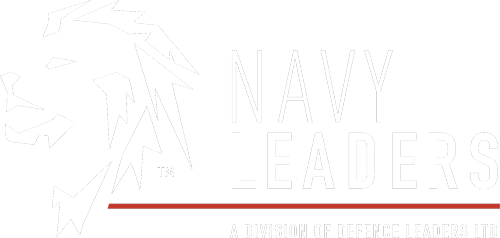US Navy Increases Readiness After Killing Of Hezbollah Chief
)
On Saturday, the 28th, the Israeli military launched a series of thousand-pound bombs on an underground facility in Beirut’s suburbs which killed Hezbollah leader Hassan Nasrallah. The strike was followed by continuous strikes on Hezbollah-controlled neighbourhoods in Beirut and Hezbollah-controlled South Lebanon. Preceding this was the widespread pager and walkie-talkie attack, which killed dozens and maimed thousands. Actions such as these seem to point to a larger military operation as Israeli tanks mass on the Lebanese border.
Responding to the attack, leaders seeking to court their anti-Israel audiences responded in condemnation. In the Middle East, the Us-allied Iraqi Prime Minister said the action was “... a crime that shows the Zionist entity has crossed all the red lines.” In Europe, Vladimir Putin’s Russia also condemned the action with the foreign minister saying he was concerned “... by the now almost commonplace practice of political killings.”
On the ground in Baghdad, protestors swarmed around the American embassy to protest the action, which raised fears of a repeat of 2019 when Iranian-backed rioters broke into the embassy in a cycle of escalation that resulted in the killing of Qasem Soleimani, the leader of Iran’s Quds Forces.
To prepare for such an eventuality, the U.S. military has the aircraft carrier USS Abraham Lincoln and a series of aircraft arrayed across the region on standby in case of an attack on American forces.
